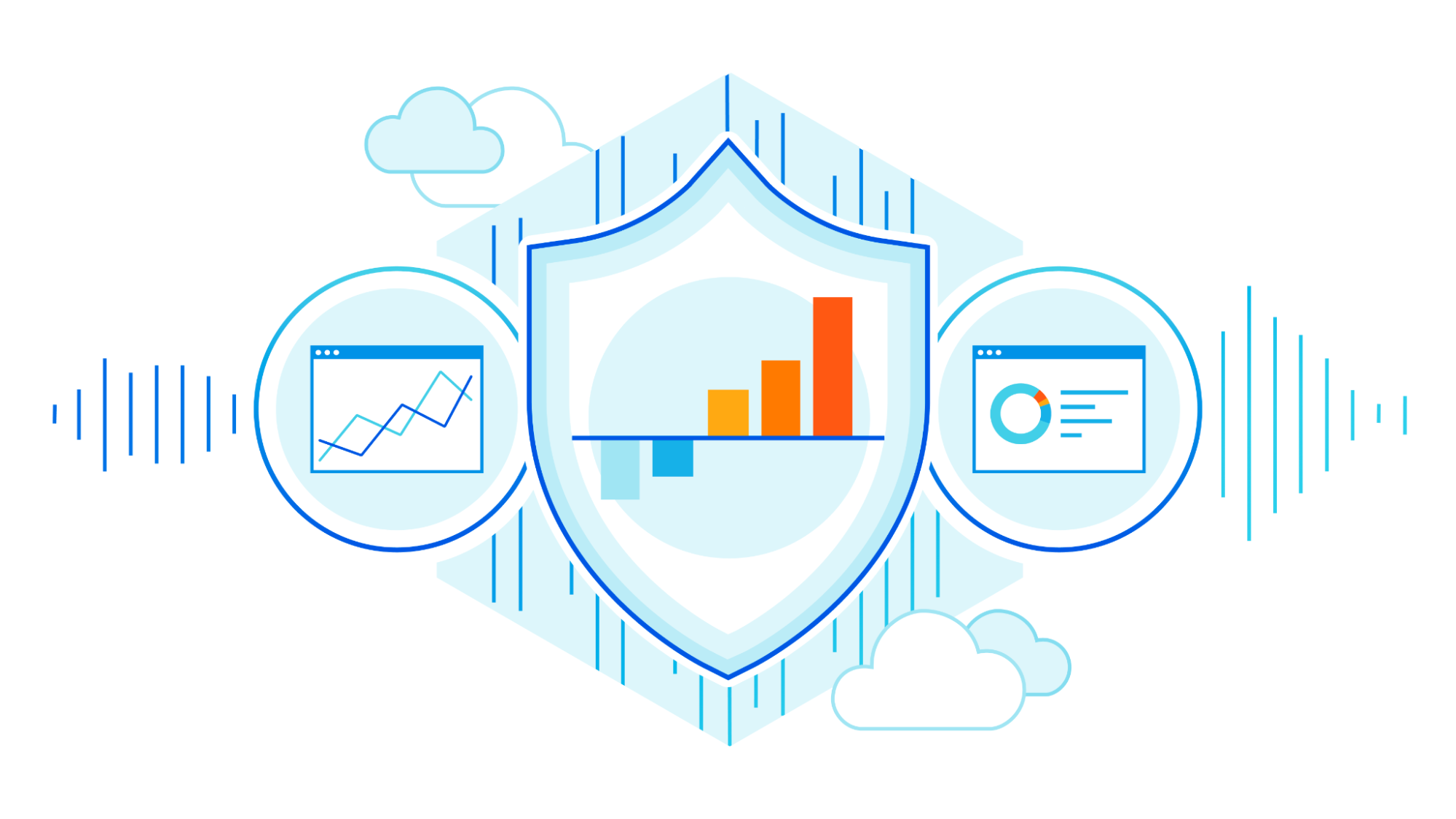FCC Creates New Space Bureau to Fuel Satellite Industry Expansion
The move is designed to give rise to Internet access and emerging satellite-to-cellular services for enterprises from SpaceX, OneWeb, Globalstar, Amazon, Iridium, and their wireless operator partners.Privacy And Networking Part 8: IPv6 Addresses And Privacy
One of the biggest advantages of IPv6 is the ease of renumbering thanks to SLAAC and DHCPv6. Easy renumbering of IPv6 addresses should, in theory, make some privacy protection methods easy to implement. Here's how it works, and and how it doesn't solve all privacy problems.
The post Privacy And Networking Part 8: IPv6 Addresses And Privacy appeared first on Packet Pushers.
What is SOC 2 and how do you achieve SOC 2 compliance for containers and Kubernetes?
SOC 2 is a compliance standard for service organizations, developed by the American Institute of CPAs (AICPA), which specifies how organizations should manage customer data. SOC 2 is based on five overarching Trust Services Criteria (TSC): security, availability, processing integrity, confidentiality, and privacy. Specifically, the security criteria are broken down into nine sections called common criteria (CC):
- CC1: Control Environment
- CC2: Communication and Information
- CC3: Risk Assessment
- CC4: Monitoring Activities
- CC5: Control Activities
- CC6: Logical and Physical Access Controls
- CC7: System Operations
- CC8: Change Management
- CC9: Risk Mitigation
How does SOC 2 compliance apply to containers and Kubernetes?
Running Kubernetes clusters often presents challenges for CC6 (logical and physical access), CC7 (systems operations), and CC8 (change management) when trying to comply with SOC 2 standards.
In this technical blog, we will dive into how Calico can help you achieve full compliance in achieving all the requirements of CC6. To understand how to achieve compliance with CC7 and CC8, you can review our SOC 2 white paper.
| Control # | Compliance requirements | Calico controls |
| CC 6.1, 6.6, 6.7, 6.8
|
Implement logical access security measures to authorized systems only, implement controls to prevent or detect and act upon Continue reading |
Fortinet Revamps its Certification to Address the Widening Cyber Security Skills Gap
IT professionals must prioritize re-skilling to ensure they remain marketable as the industry changes. Security represents one of the best areas to close any skills gaps.NVA Part II – Internet Access with a single NVA
Introduction
In the previous chapter, you learned how to route east-west traffic through the Network Virtual Appliance (NVA) using subnet-specific route tables with User Defined Routes (UDR). This chapter introduces how to route north-south traffic between the Internet and your Azure Virtual Network through the NVA.
Figure 3-1 depicts our VNet setup, which includes DMZ and Web Tier zones. The NVA, vm-nva-fw, is connected to subnet snet-north (10.0.2.0/24) in the DMZ via a vNIC with Direct IP (DIP) 10.0.2.4. We've also assigned a public IP address, 51.12.90.63, to this vNIC. The second vNIC is connected to subnet snet-west (10.0.0.0/24) in the Web Tier, with DIP 10.0.0.5. We have enabled IP Forwarding in both vNICs and Linux kernel. We are using Network Security Groups (NSGs) for filtering north-south traffic.
Our web server, vm-west, has a vNIC with DIP 10.0.0.4 that is connected to the subnet snet-west in the Web Tier. We have associated the route table to the subnet with the UDR, which forwards traffic to destination IP 141.192.166.81 (remote host) to NVA. To publish the web server to the internet, we've used the public IP of NVA.
On the NVA, we have configured a Destination NAT rule which rewrites the destination IP address to 10.0.0.4 to packets with the source IP address 141.192.166.81 and protocol ICMP. To simulate an http connection, we're using ICMP requests from a remote host.
5G Presents Hidden Sustainability Opportunity
Large venues can piggyback on their in-building 5G network upgrade projects to reduce their carbon footprints. Here’s how.DDoS threat report for 2023 Q1


Welcome to the first DDoS threat report of 2023. DDoS attacks, or distributed denial-of-service attacks, are a type of cyber attack that aim to overwhelm Internet services such as websites with more traffic than they can handle, in order to disrupt them and make them unavailable to legitimate users. In this report, we cover the latest insights and trends about the DDoS attack landscape as we observed across our global network.
Kicking off 2023 with a bang
Threat actors kicked off 2023 with a bang. The start of the year was characterized by a series of hacktivist campaigns against Western targets including banking, airports, healthcare and universities — mainly by the pro-Russian Telegram-organized groups Killnet and more recently by AnonymousSudan.
While Killnet-led and AnonymousSudan-led cyberattacks stole the spotlight, we haven’t witnessed any novel or exceedingly large attacks by them.
Hyper-volumetric attacks
We did see, however, an increase of hyper-volumetric DDoS attacks launched by other threat actors — with the largest one peaking above 71 million requests per second (rps) — exceeding Google’s previous world record of 46M rps by 55%.
Back to Killnet and AnonymousSudan, while no noteworthy attacks were reported, we shouldn't underestimate the potential risks. Unprotected Internet Continue reading
HS045 Seize Opportunities for Modern IT Operations with VIA (Sponsored)
AIOps is been a buzzword but public generative AI and LLMs like ChatGPT mean there is a lot more awareness and demand. In todays sponsored show we are talking to Vitria about VIA AI Ops and how you can add it to your IT strategy.
The post HS045 Seize Opportunities for Modern IT Operations with VIA (Sponsored) appeared first on Packet Pushers.
